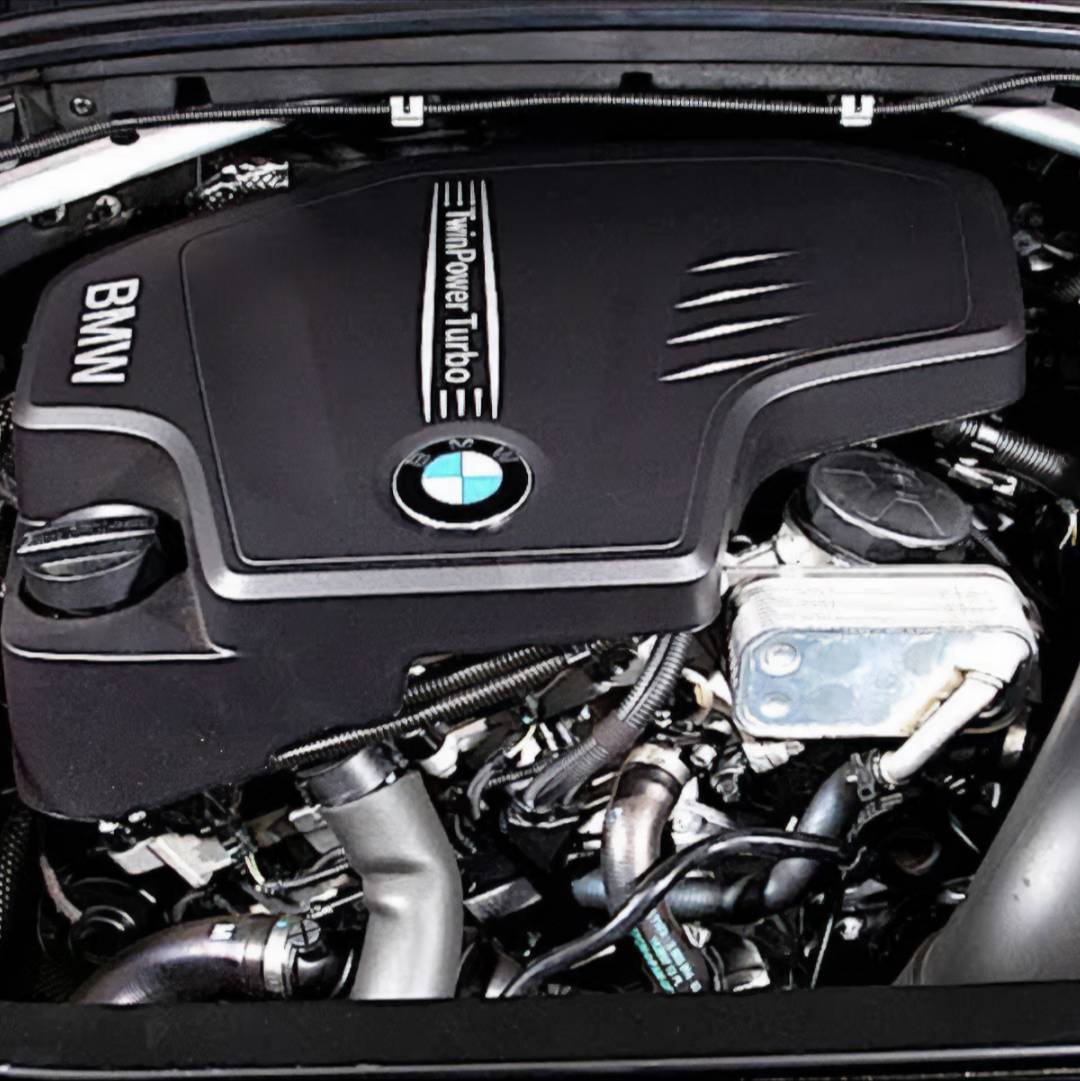Checking Out the Evolution of Burning Engines in Modern Transport Equipments
As we browse the landscape of modern transport, the development of burning engines stands as a testimony to human resourcefulness and design prowess. The interplay of history, innovation, and environmental problems in shaping the trajectory of burning engines develops a narrative that is both informative and engaging.
Very Early Beginnings of Combustion Engines
How did the idea of burning engines first emerge in the very early phases of transport growth? The origins of combustion engines can be mapped back to the 17th century when the concepts of internal combustion were first explored. In 1673, Christian Huygens conceived a standard inner burning engine that made use of gunpowder to create power. Nonetheless, it wasn't until the late 19th century that functional applications of burning engines in transportation started to emerge.
The advancement minute included the invention of the very first successful gasoline-powered engine by Karl Benz in 1885 - bmw engine. This engine paved the method for the development of the modern car, changing transportation systems worldwide. Subsequent technologies by Nikolaus Otto and Gottlieb Daimler even more refined combustion engine technology, causing the mass manufacturing of cars and the rapid development of the transportation industry
These early combustion engines were identified by their simplicity and effectiveness, laying the structure for the complicated and effective engines utilized in modern-day transport systems. The evolution of combustion engines has contributed in forming the means we travel and move products, marking a considerable landmark in the background of transportation development.
Shift to Internal Combustion Innovation
The shift to internal burning technology marked a pivotal change in the advancement of transportation systems. This change began in the late 19th century, with creators like Nikolaus Otto and Gottlieb Daimler creating the very first effective internal combustion engines. These engines reinvented transportation by using a much more efficient and powerful choice to vapor engines and electric motors.
Among the essential advantages of inner burning engines was their capacity to be scaled down to fit right into cars, resulting in the growth of bikes and vehicles. This shift from cumbersome, stationary engines to compact, mobile ones led the way for the modern-day transport systems we see today.
The shift to interior combustion technology likewise stimulated developments in fuel modern technology, leading to the development of gasoline and diesel as main gas resources for vehicles. This change not just made transportation a lot more available to the masses but additionally laid the structure for the oil and gas industry to become important to worldwide economies.
Effect of Combustion Engines on Transportation
The fostering of burning engines in transport systems militarized an extensive change in the effectiveness and speed of worldwide movement. Combustion engines transformed transport by supplying a versatile and reliable source of power for different automobiles, including cars and trucks, aircrafts, ships, and vehicles. This technology substantially boosted the ability for items and individuals to conform cross countries in shorter time frameworks, bring about increased connection in between regions and countries.
Furthermore, the extensive use burning engines has actually had a considerable effect on economic development. The ability to deliver products successfully has stimulated trade and business, allowing services to increase their markets and reach customers worldwide. This has promoted economic development and globalization, as products can currently be moved faster and in larger amounts than ever previously.
Nevertheless, the environmental effect of burning engines can not be forgotten. The burning of nonrenewable fuel sources has actually brought about air pollution and greenhouse gas discharges, adding to environment modification and presenting wellness dangers to populaces. bmw engine. Therefore, there is an expanding emphasis on establishing alternative propulsion modern technologies to reduce these unfavorable impacts and produce a much more sustainable future for transport
Developments in Combustion Engine Layout
One noteworthy advancement is the development of turbocharged engines, which utilize exhaust gases to drive a turbine that presses inbound air, allowing for even more fuel to be burned, resulting in boosted power result without a considerable rise in engine dimension. Variable valve timing systems have additionally changed engine design by enhancing air movement at different engine speeds, improving both power and performance. These developments collectively contribute to the continuous improvement of combustion engines in modern-day transportation visit their website systems.
Future Fads in Combustion Engine Growth
With technology innovations driving continual advancement, the future of combustion engine development is positioned to reinvent transportation systems worldwide. One of Full Article the essential fads in combustion engine growth is the push in the direction of better performance and minimized exhausts.
Another noticeable pattern is the adoption of hybrid innovations in burning engines. Hybrid engines combine conventional burning innovation with electrical power, offering boosted gas performance and lower discharges. As the vehicle industry changes in the direction of electrification, crossbreed burning engines are viewed as a transitional option that connects the gap between traditional lorries and totally electric ones.
In addition, the combination of clever modern technologies, such as expert system and data analytics, is anticipated to play a significant role in the future of burning engine advancement. These technologies can enhance engine efficiency in real-time, leading to much more reliable burning processes and boosted total car efficiency. Welcoming these future trends will not just drive innovation in combustion engine development however also contribute to a much more eco pleasant and lasting transport environment.

Verdict
In verdict, the development of combustion engines in modern-day transportation systems has actually been noted by significant innovations in innovation and style. From the early starts of combustion engines to the change to interior combustion modern technology, these engines have actually try this had an extensive effect on transportation.
The roots of combustion engines can be traced back to the 17th century when the concepts of interior burning were very first checked out. These engines reinvented transportation by using a more powerful and efficient alternative to vapor engines and electrical motors.
